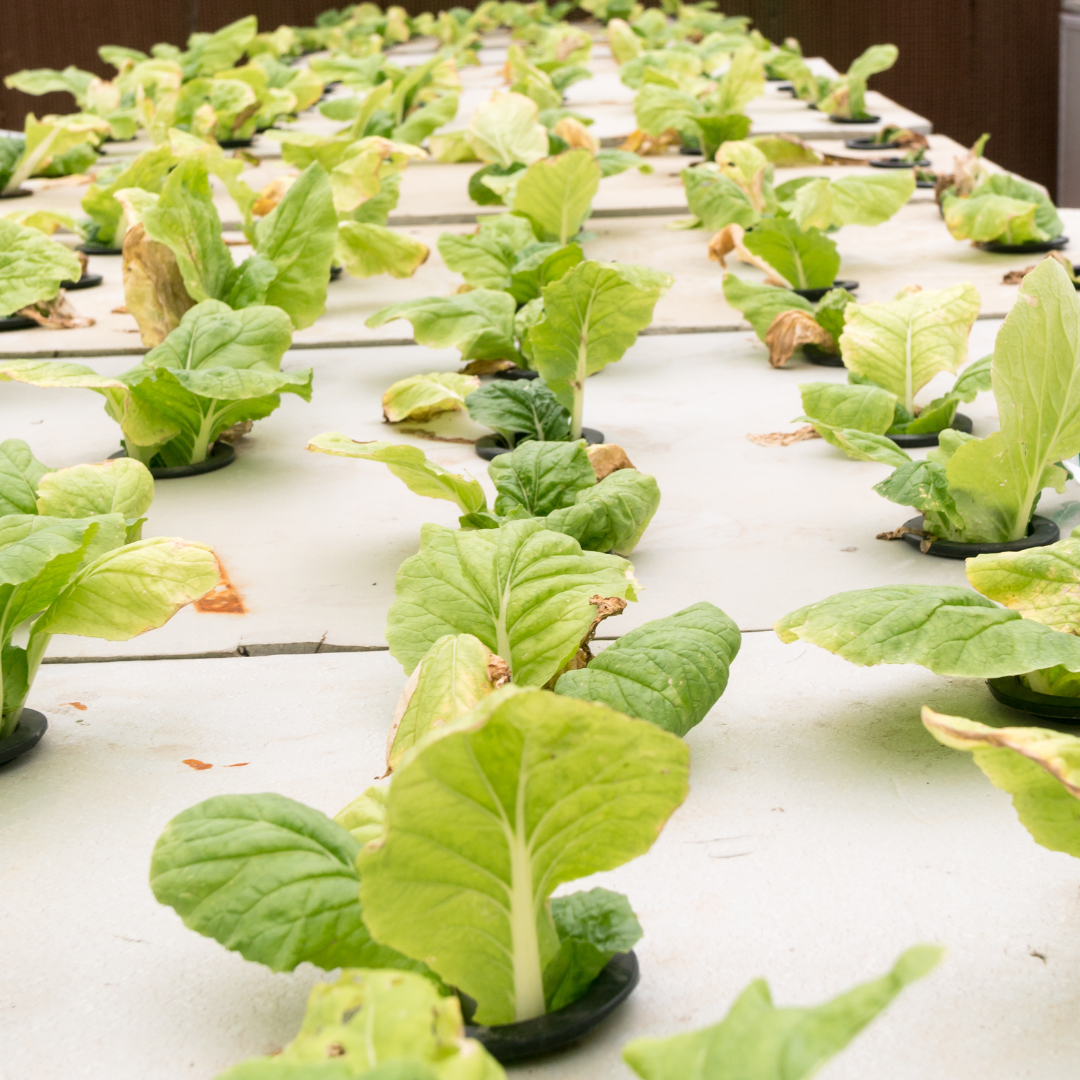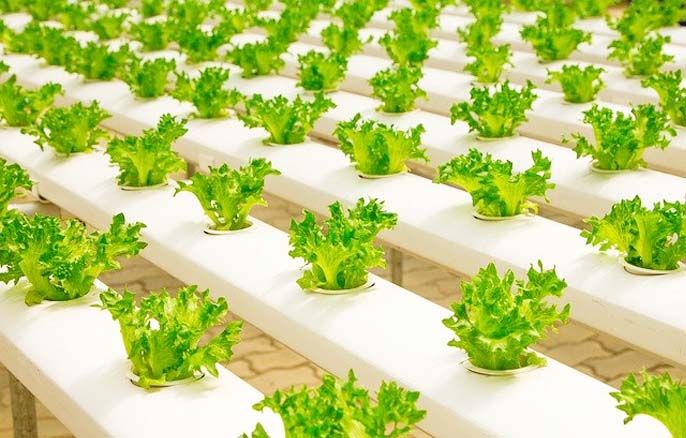Introduction
Hydroponics is a method of growing plants without soil, using water and nutrients instead. This innovative farming technique offers many environmental benefits compared to traditional farming.
By using hydroponics, we can save a lot of water, reduce the need for pesticides, and grow more food in smaller spaces. It also helps in reducing carbon emissions and preserving soil health.
Hydroponics allows for year-round farming and can be done in urban areas, making fresh produce more accessible. As we face environmental challenges, hydroponics provides a sustainable and efficient way to grow food, helping to protect our planet for future generations.
Water Conservation
One of the most significant environmental benefits of hydroponics is water conservation. Traditional farming methods can use a lot of water, much of which is lost to evaporation, runoff, and inefficient irrigation systems.

Hydroponics, on the other hand, uses up to 90% less water. The closed-loop systems in hydroponics recirculate water, meaning very little is wasted. This is particularly important in areas experiencing water scarcity.
Reduced Land Use
Hydroponic systems can be set up in urban areas, rooftops, and other places unsuitable for traditional farming. This reduces the need to clear forests and other natural habitats for agricultural land.

By using vertical farming techniques, hydroponics maximizes space, allowing for more food production in smaller areas.
This efficient use of space helps preserve natural ecosystems and biodiversity.
Decreased Pesticide and Herbicide Use
In traditional farming, pesticides and herbicides are often necessary to protect crops from pests and weeds. These chemicals can be harmful to the environment, contaminating soil and water sources and harming wildlife.

Hydroponics significantly reduces the need for these chemicals because the controlled environment makes it easier to manage pests and diseases. This results in cleaner produce and less chemical runoff into the environment.
Lower Carbon Footprint
Hydroponics can help reduce the carbon footprint of agriculture in several ways. First, it often requires less transportation since hydroponic farms can be located closer to urban areas where the food is consumed.

This reduces the emissions associated with transporting food over long distances. Second, hydroponic systems can be powered by renewable energy sources, further decreasing their environmental impact.
Additionally, because hydroponics is more efficient, it uses less energy overall compared to traditional farming.
Soil Preservation
Traditional farming can lead to soil degradation through practices like over-plowing, monocropping, and excessive use of chemical fertilizers. Soil degradation can result in reduced agricultural productivity and loss of arable land.

Hydroponics eliminates the need for soil, thus preventing soil erosion and degradation. This is especially beneficial in regions where soil health is already compromised.
Enhanced Food Security
By producing food in controlled environments, hydroponics can contribute to greater food security. This method allows for year-round production, regardless of external weather conditions.
As a result, communities can have a steady supply of fresh produce, even in regions where traditional farming is not feasible. This reduces dependence on imported foods and can lead to more stable local economies.
Efficient Resource Use
Hydroponics allows for precise control over nutrient delivery to plants, which means fewer resources are wasted. In traditional farming, nutrients can leach into the soil and groundwater, leading to pollution and inefficiency.

Hydroponic systems deliver nutrients directly to plant roots in the exact amounts needed, reducing waste and environmental contamination. This efficient use of resources makes hydroponics a more sustainable option.
Reduced Agricultural Runoff
Agricultural runoff, which often contains fertilizers and pesticides, is a major source of water pollution. It can lead to harmful algal blooms, dead zones in water bodies, and loss of aquatic life.
Because hydroponics uses a closed-loop system with minimal nutrient and water waste, it greatly reduces the risk of agricultural runoff. This helps protect water quality in nearby rivers, lakes, and oceans.
Climate Change Mitigation
Climate change poses a significant threat to traditional agriculture, with extreme weather events, droughts, and changing temperatures affecting crop yields. Hydr

oponics offers a way to mitigate these impacts by providing a stable growing environment.
By reducing the reliance on weather conditions, hydroponics can help maintain food production even in the face of climate change. Additionally, the reduced carbon footprint of hydroponics contributes to overall efforts to combat climate change.
Urban Agriculture
Hydroponics supports urban agriculture, which can transform cities into food-producing areas. Urban agriculture reduces the need to transport food over long distances, decreasing emissions from transportation.

It also helps reduce the heat island effect in cities by adding more green spaces. Moreover, urban hydroponic farms can utilize unused spaces, such as rooftops and abandoned buildings, contributing to urban revitalization.
Conclusion
Hydroponics offers numerous environmental benefits, making it a promising alternative to traditional agriculture.
By conserving water, reducing land use, minimizing pesticide and herbicide use, lowering the carbon footprint, preserving soil health, enhancing food security, efficiently using resources, reducing agricultural runoff, mitigating climate change, and supporting urban agriculture, hydroponics can play a crucial role in creating a more sustainable and resilient food system.
As the world faces increasing environmental challenges, hydroponics provides a viable solution for sustainable food production.
